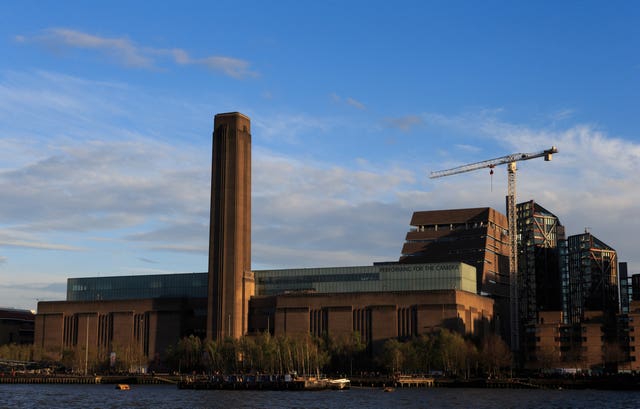Gallery bosses are preparing to welcome visitors to a “more contemplative experience” when they reopen this month.
The National Gallery will be the first of the big institutions to get back to business, on July 8, with the Royal Academy Of Arts and Tate following later.
But gallery chiefs do not expect the usual crowds.

National Gallery director Gabriele Finaldi said “it will be pleasant to have the galleries to (almost) yourselves … initially”, while Royal Academy Of Arts chief executive Axel Ruger said visits “will be an opportunity for a quieter, more contemplative experience”.
Flagship institutions such as the British Museum and Natural History Museum are yet to signal when they will reopen their doors.
But for museums, welcoming back visitors tends to be more complex than it is for art galleries.
The fragile nature of their collections means that they are affected by the absence and then the return of visitors.
Temperature and humidity will change with the return of visitors, which has an impact on objects made from a variety of materials.
We're reopening our doors on 9 July!
We believe galleries and museums should be places for inspiration, escape and, above all, community – something we all need right now. We can't wait to welcome you back!
Here’s how it will work: https://t.co/ZtCKaXWBqr
— Royal Academy (@royalacademy) June 30, 2020
And their many artefacts are usually dotted around rooms and not just on walls, as they are in galleries, meaning social distancing requires more planning.
Galleries to announce reopening dates include the Ashmolean Museum, Nottingham Contemporary, Baltic Centre For Contemporary Art, and The Whitworth and Manchester Art Gallery.
In London, they include The Barbican, Royal Academy of Arts, Whitechapel Gallery and Serpentine Galleries.
Tate plans to reopen all four of its galleries – Tate Britain, Tate Modern, Tate Liverpool and Tate St Ives – later in the month, on July 27.
Many of the big galleries say entry must be booked online in advance.
At the almost 200-year-old National Gallery, visitors will follow “art routes”.

There will be a separate entrance and exit at the National Gallery and two-metre social distancing measures in place throughout, and visitors are recommended to wear a face covering.
An “enhanced cleaning regime will be in operation” and “higher efficiency filters in the air-conditioning system” have been installed.
But the absence of crowds means “difficulties ahead” for many institutions.
“I have to stress, it’s not just difficulty for this year – the year of the pandemic itself – but looking ahead, particularly as visitor numbers drop I imagine quite dramatically, we will be in difficulties further ahead”, Mr Finaldi has said.
The exhibition Titian: Love, Desire, Death will reopen at the National Gallery after it previously closed three days into its run, while visitors at the Royal Academy of Arts can see its Picasso And Paper exhibition.
Tate Modern will reopen with its Andy Warhol show and Kara Walker’s Hyundai Commission Fons Americanus, a 13 metre-high fountain and “counter-memorial” exploring the interconnected histories of Africa, the US and Europe.
https://news.google.com/__i/rss/rd/articles/CBMiZ2h0dHBzOi8vd3d3LnNsb3VnaG9ic2VydmVyLmNvLnVrL25ld3MvMTg1NTU1NTYuZ2FsbGVyaWVzLXJlb3Blbi1vZmZlcmluZy1tb3JlLWNvbnRlbXBsYXRpdmUtZXhwZXJpZW5jZS_SAQA?oc=5
2020-07-02 01:51:00Z
Bagikan Berita Ini














0 Response to "Galleries to reopen offering a 'more contemplative experience' - Slough and Windsor Observer"
Post a Comment